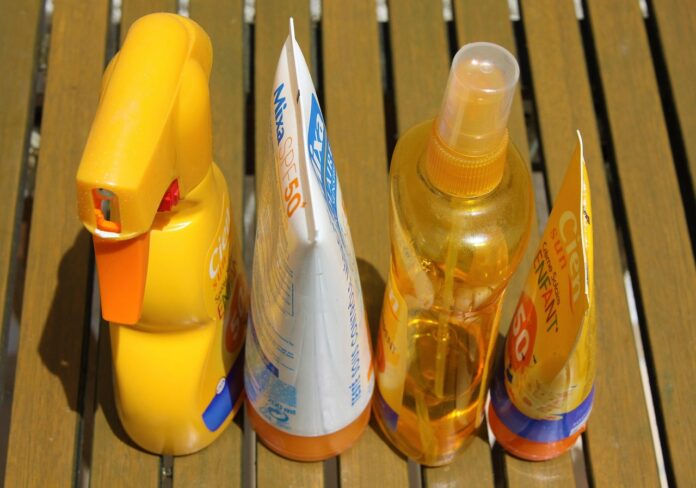Summer has arrived and with it comes lots of sun and heat. Going outdoors is great way for all of us — no matter our age — to improve our health and well being. For some, it might be a recreational activity such as walking, while for others it might be working and planting in the fields.
No matter what we do as we go outdoors, we need to prepare by making sun protection an everyday habit — not just today but all year-round to lower our risk of skin cancer. Follow these tips to protect your skin from the sun:
Sunscreen
The American Academy of Dermatology recommends using a broad-spectrum, water-resistant sunscreen with an SPF of 30 or above. Broad spectrum sunscreens protect you from UVA and UVB rays. Sunscreens are regulated by the FDA for protection. Use according to expiration dates.
Wear sunscreen daily, even on cloudy days. Apply 30 minutes before going outside to allow time for it to soak in and start working, and reapply every two hours or sooner if you are sweating heavily or if you go for a swim.
Be sure to rub spray sunscreen around your skin to ensure all areas are covered. Try to avoid breathing in the mist.
Be extra cautious when protecting children from the sun. Childhood sunburns may increase the risk of melanoma later in life.
Keep babies, 6 months or younger, out of the sun. Their skin is too sensitive.There also are sunscreens made for specific purposes, such as for sensitive skin and babies.
Pick the right product for job. Creams are best for dry skin and the face. Gels are good for hairy areas, such as the scalp or male chest. Sticks are good to use around the eyes. The Mayo Clinic suggests using lip balm or lip gloss with at least 30 SPF.
Even with sunscreen, it is important to limit your time out in the sun between 10 a.m. and 4 p.m. when the sun’s rays are the most intense. Keep track of the time you’re out in the sun, and set alarms to remind you to reapply sunscreen.
Clothing
Wear a hat when outdoors. Wide-brimmed hats provide UV protection for your head, ears, face and neck, as these areas are common locations where many skin cancer cells appear. Hats should have a 3-inch or wider brim. Shade the face, temples, ears and neck. Hats should be constructed of tightly woven fabric that blocks ultraviolet rays.
When possible, wear long-sleeved shirts and long pants and skirts, which can provide protection from UV rays. Also look for clothing that is certified under international standards as offering UV protection.
Sunglasses
Sunglasses can protect your eyes from UV rays and reduce the risk of cataracts. Sunglasses that block both UVA and UVB rays offer the best protection. Don’t forget children needs these too.
Choose and wear sunglasses that provide 99% to 100% UVA and UVB protection.
Remember start today and continue every day to protect your skin.
For more information, check out the following resources:
• the American Academy of Dermatology website at aad.org;
• the Centers for Disease Control and Prevention website at cdc.gov/cancer/skin;
• the Skin Cancer Foundation website at skincancer.org.
(Marie Economos is a Family and Consumer Science educator with Ohio State University Extension, Trumbull County, 520 W. Main St Suite 1 Cortland, Ohio. She can be reached at Economos.2@osu.edu or 330-637-2229.)













